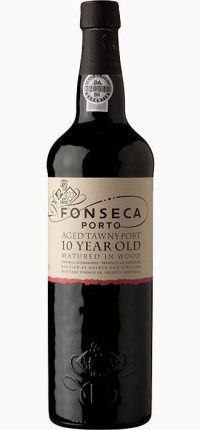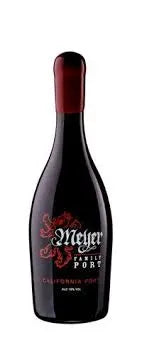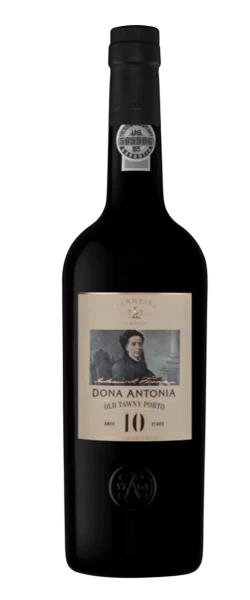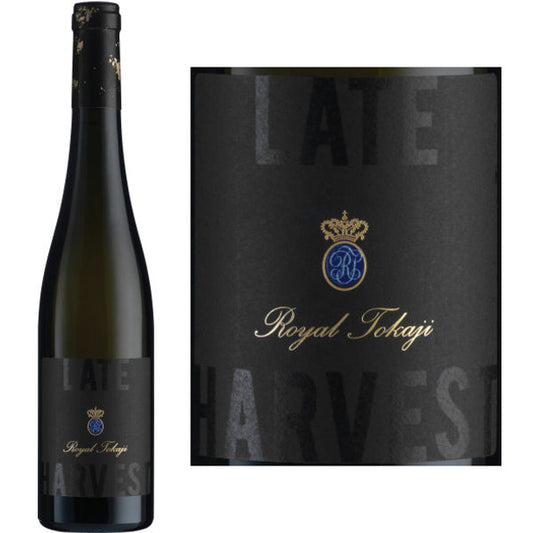Collection: Dessert/Aperitif
There is no simple definition of a dessert wine. In the UK, a dessert wine is considered to be any sweet wine drunk with a meal, as opposed to the white[1] fortified wines (fino and amontillado sherry) drunk before the meal and the red fortified wines (port and madeira) drunk after it. Thus, most fortified wines are regarded as distinct from dessert wines, but some of the less-strong fortified white wines, such as Pedro Ximénez sherry and Muscat de Beaumes-de-Venise, are regarded as honorary dessert wines. In the United States, by contrast, a dessert wine is legally defined as any wine over 14% alcohol by volume, which includes all fortified wines—and is taxed more highly as a result. This dates back to when the US wine industry only made dessert wines by fortification, but such a classification is outdated now that modern yeast and viticulture can produce dry wines over 15% without fortification (and German dessert wines can contain half that amount of alcohol).
An apéritif is an alcoholic beverage usually served before a meal to stimulate the appetite, and is usually dry rather than sweet. Common choices for an apéritif are vermouth; champagne; pastis; gin; ouzo; fino; amontillado or other styles of dry sherry (but not usually cream or oloroso blended sherry, which is very sweet and rich).
An apéritif may be served with an hors d'oeuvre or amuse-bouche, such as crackers, cheese, pâté, quiche or olives.
Apéritif is a French word derived from the Latin verb aperire, which means "to open". The French colloquial word for apéritif is apéro.
-
Fonseca 10 Year Tawny Port
Regular price $31.99 USDRegular price -
Meyer Family Port
Regular price $29.99 USDRegular price -
Ferreira 10 Year Old Tawny Port Quinta do Porto, Porto, Portugal, 750ml
Regular price $29.99 USDRegular price -
Mcnab Ridge Puerto (port)
Regular price $27.99 USDRegular price -
Royal Tokaji Wine Co Tokaji Late Harvest
Regular price $25.99 USDRegular price -
Taylor Fladgate Late Bottled Vintage Port
Regular price $24.99 USDRegular price






